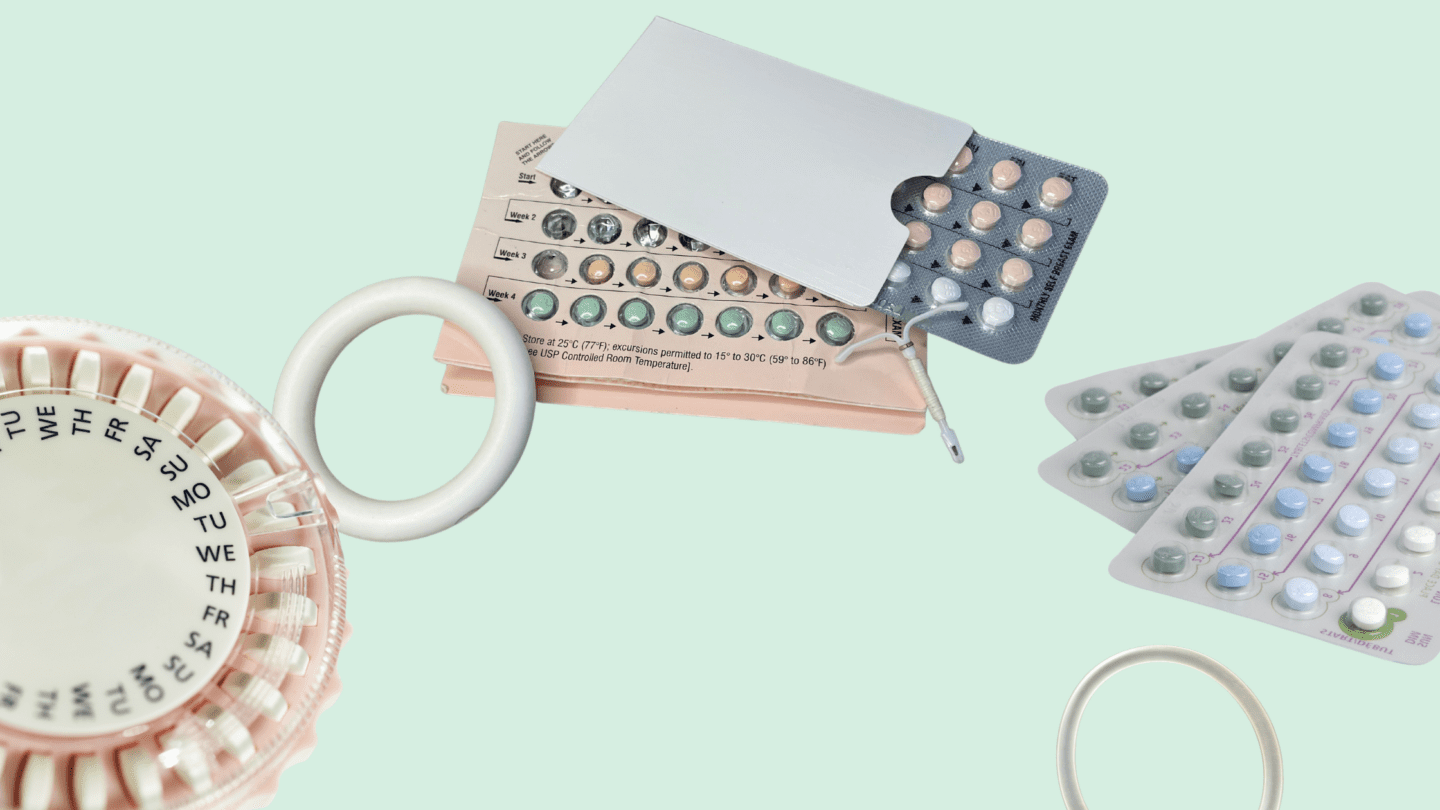Note: Although this article focuses on economic impacts on women linked to access, it’s important to clarify that not only women use what are termed by the CDC as “female-controlled” forms of , but also transgender men and nonbinary people.
In 1975, Loretta Lynn’s controversial song “The Pill” made it onto the pop charts, even as country radio stations banned it around the country. Loretta sang about being trapped in an unhappy marriage, and rejoiced that things were about to change “‘cause now I’ve got the pill.” Her song struck a nerve because it spoke to a major shift happening at the time – was changing women’s lives, opening up new social, educational and professional opportunities that just hadn’t been an option before. The pill wasn’t just medicine; it was a symbol for women’s independence.
As we confront a Supreme Court that could potentially revisit the right to use contraceptives, it’s worth considering the avalanche of evidence that shows how profoundly access impacted women’s lives in the twentieth century, transforming our culture for the better. In 1950, a young woman without access to might go to college, but statistically she was far more likely to get married young and begin having children at a younger age. A mother and wife, tied to her spouse and with the economic constraints of raising kids, her horizon of possibilities shrank. The likelihood was slim that she would continue advancing into higher education or attain a high paid job. This tendency didn’t just affect her: it affected her kids too, and the likelihood that they would one day attend college and get higher paying jobs.
Is adyn right for you? Take the quiz.
But increased contraceptive access in the 1960s and 1970s changed that. Coupled with the women’s liberation movement and the Civil Rights Act of 1964, access is credited as a root cause of narrowing the gender pay gap. Researchers found that 10% of the gender pay gap narrowing in the 1980s is specifically due to the pill, and 30% in the 1990s. This has huge implications for the lives of women, who are still 35% more likely to live in poverty than men in the United States. The likelihood is even higher for women of color. A recent study found that the persistent gender imbalance in pay is largely linked to having children: women tend to have a sharp decline in income after having their first child, the study found. But for childless women, their earnings tend to remain on par with men’s.
“Cheaper and more reliable allows parents to delay childbearing, to invest in their own human capital and have children when their incomes are higher,” said researcher and University of Michigan economics professor Martha Bailey in an interview with The Atlantic. Historically, contraceptive access has translated into higher numbers of women in careers that require advanced training (and pay more). A study found that expanded access to the pill accounted for a significant increase in the number of women in the fields of medicine and law. Another study found that access to the pill resulted in a 2% increase in female college enrollment overall and reduced the likelihood that women would drop out of college by more than 5%.
In practical terms, they concluded that more than 250,000 women earned bachelor’s degrees specifically because of contraceptive access.
Federal funding for has helped avoid 1.3 million unintended pregnancies as of 2015, researchers found, and when it comes to teens, the impact is dramatic. Teen pregnancy rates drop sharply with access to free , falling by 79% in one St. Louis area study. Meanwhile, in states like Texas – which doesn’t require sex education in schools and has strict anti-abortion laws – more than 1 in 6 teens who got pregnant had already had a child, the highest of any state for what are termed “repeat teen births.” The educational and economic burden of teen pregnancy is even greater than for adults, diminishing the likelihood that the teen parent will earn a high school degree, and increasing the likelihood that both the mother and her children will live in poverty.
Despite federal funding for through the Affordable Care Act, poverty still plays a large role in determining the likelihood that someone will have an unintended pregnancy in the first place. Even as the rate of unintended pregnancy has dropped among higher income women in recent decades, a Guttmacher Institute study found that the number of unintended pregnancies for low-income women actually rose between 1981 and 2008. While it has declined in subsequent years, it hasn’t kept up with the rate of decline for higher income women.
Like what you’re reading? Get the latest straight to your inbox 💌
The intergenerational impacts of access are major too. Children born to mothers with access to federally funded tend to have higher incomes in adulthood, and attend more years of school, according to researchers. Meanwhile, unintended pregnancy has significant mental health impacts for both the mother and the child. Children of unintended pregnancies are more likely to have cognitive delay, behavioral problems, and substance use issues. The rate of maternal depression and parenting stress is also substantially higher with unintended pregnancies.
The women of Loretta Lynn’s generation would have had radically different lives if the pill had been available to them in their teens and early adulthood. Lynn had four children by the time she was 20, six total. She was interviewed by People magazine shortly after her song “The Pill” came out and said, “The pill is good for people. I wouldn’t trade my kids for anyone’s. But I wouldn’t necessarily have had six and I sure would have spaced ’em better.”







